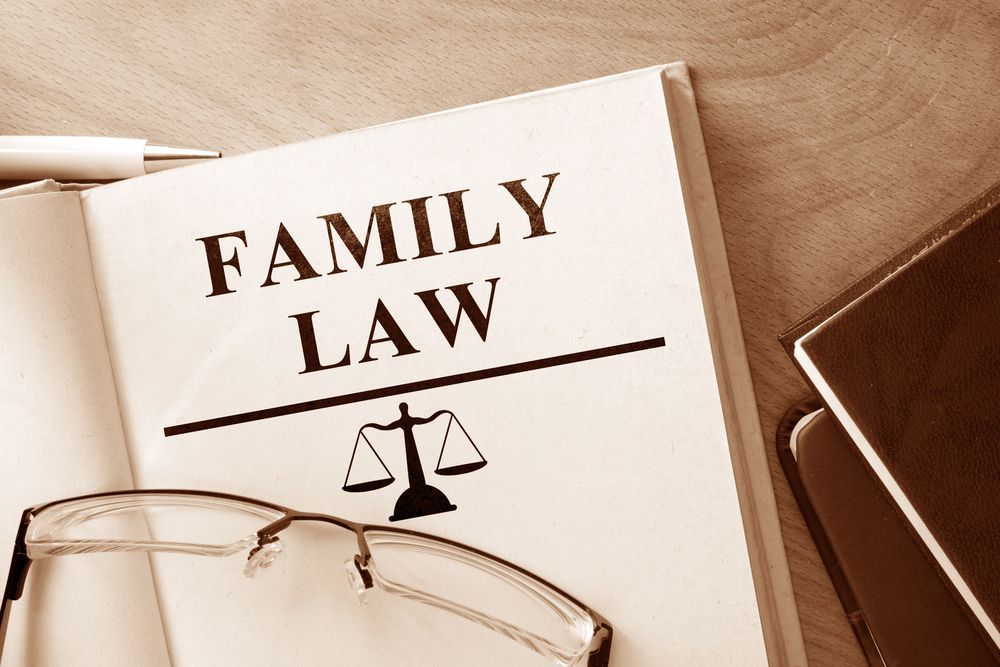Recognizing a Case for Wrongful Termination
Losing a job can be a life-changing experience, especially if you suspect it was unfair or unlawful. Understanding if you have a case for wrongful termination can be the first step towards getting justice. Many factors can contribute to wrongful termination, including discrimination, retaliation, or violation of employment laws. Knowing your rights can help you determine whether you were wrongfully terminated.
Wrongful termination happens when an employee is fired for reasons that are illegal or violate their employment contract. Examples include being terminated based on race, gender, age, or other protected characteristics. It can also happen if you're fired for reporting harassment or refusing to participate in illegal activities. Knowing these common scenarios can help you identify whether your termination was wrongful.
Discrimination in the workplace is another key area to watch for. Discriminatory practices can be explicit or subtle, impacting your job security without direct proof. Recognizing signs of discrimination, such as differential treatment compared to other employees, can help you build a case. Seeking legal advice early can guide you through the initial steps of evaluating your situation and deciding the best course of action.
Retaliation is also a significant concern. If you've faced negative consequences after filing a complaint or participating in an investigation against your employer, you might be experiencing retaliation. This retaliation can range from demotion to outright termination. Understanding what constitutes retaliation and recognizing common scenarios can strengthen your position.
Collecting the right evidence is crucial to support your wrongful termination claim. Documenting conversations, saving emails, and gathering witness statements are important steps. Properly organizing and preserving this evidence helps build a solid case. Knowing how to approach this systematically can be the difference between winning and losing your case.
Understanding Wrongful Termination
Wrongful termination occurs when an employer fires an employee for illegal reasons or in violation of the employment contract. Common examples of wrongful termination include discrimination based on race, gender, age, or religion. It can also happen if you're fired for complaining about illegal activities at work, such as unsafe working conditions or harassment. Another example is being terminated for refusing to perform an illegal act requested by your employer.
Legal protections against wrongful termination are in place to help employees navigate these challenging situations. Federal and state laws protect employees from being fired for discriminatory reasons or for exercising certain rights, like taking family medical leave or reporting workplace violations. These laws make it illegal for employers to retaliate against employees who stand up for their rights. Knowing these protections helps you understand if your termination was unlawful.
If you suspect you've been wrongfully terminated, it is crucial to gather evidence and seek legal advice promptly. This evidence can include documents, emails, or witness statements that support your claim. Understanding your legal rights can aid in determining the next steps and seeking justice for your wrongful termination case.
Identifying Discriminatory Practices
Discriminatory practices in the workplace can be a strong indicator of wrongful termination. Signs of workplace discrimination include being treated differently than your coworkers due to your race, gender, age, religion, or other protected characteristic. If you notice colleagues receiving better assignments, promotions, or pay despite similar qualifications, you might be experiencing discrimination. Comments or jokes about your protected characteristics can also be telling signs.
Discrimination based on race, gender, age, and other protected categories is illegal under federal laws like the Civil Rights Act, Age Discrimination in Employment Act, and the Americans with Disabilities Act. These laws prohibit employers from making employment decisions based on these protected characteristics. If you believe you're a victim of such discrimination, it could be the basis for a wrongful termination claim.
It's important to document any instances of discriminatory behavior and report them to your company's human resources department. Keeping a detailed record of these events can help build your case. Additionally, seeking advice from a legal professional can provide clarity on whether you have a valid discrimination claim and guide you on the best steps to take next. Identifying and addressing discriminatory practices is key to protecting your rights and pursuing a wrongful termination case.
Evaluating Retaliation Claims
Retaliation occurs when an employer punishes an employee for engaging in legally protected activity. This can include filing a complaint about workplace discrimination, participating in a harassment investigation, or reporting unsafe working conditions. If you've faced negative consequences after asserting your rights, you might be experiencing retaliation. Retaliation can take many forms, including demotion, salary reduction, or sudden termination.
Common scenarios where retaliation occurs include being fired shortly after filing a complaint with HR, being demoted after participating in a workplace investigation, or facing harsher scrutiny compared to your peers after reporting illegal activities. If you notice these patterns following your protected activity, they may be signs of retaliation. Retaliation is illegal under federal laws like Title VII of the Civil Rights Act and the Occupational Safety and Health Act (OSHA).
Understanding what constitutes retaliation and identifying these scenarios can help you determine if your termination was an act of unlawful retaliation. Documenting these events and any changes in your job status following your protected activity can strengthen your claim. Seeking guidance from a legal professional can help you navigate the complexities of retaliation claims and protect your rights.
Gathering Evidence to Support Your Case
Having the right evidence is crucial to support your wrongful termination case. Types of evidence needed include emails, text messages, and written notes that detail your interactions with your employer. Witness statements from coworkers who observed the discriminatory or retaliatory behavior can also be valuable. Other useful documents may include performance reviews, pay records, and any official complaints you've filed.
Best practices for documenting and preserving evidence include keeping a detailed log of incidents, dates, and people involved. Save all relevant communications and make copies of important documents. Store this information in a safe place, both physically and digitally, to ensure nothing is lost. Regularly updating your records and organizing them systematically can make it easier to present your case clearly and concisely.
Being thorough and meticulous in gathering and preserving evidence can significantly impact the strength of your wrongful termination claim. Solid evidence helps prove that your termination was unlawful, providing a stronger foundation for your case. Consulting with a lawyer can offer further guidance on what specific evidence might be most effective in your situation and how to best present it.
Conclusion
Understanding whether you have a case for wrongful termination is crucial for protecting your rights and seeking justice. Recognizing signs of wrongful termination, identifying discriminatory practices, evaluating retaliation claims, and gathering strong evidence are key steps in building a solid claim. The process can be overwhelming, but knowing your rights and taking proactive steps can significantly improve your chances of a favorable outcome.
If you believe you have been wrongfully terminated, consulting with a legal expert can provide clarity and support. An experienced attorney can help you understand your rights, gather necessary evidence, and navigate the legal complexities of your case. Taking these steps can empower you to stand up for your rights and pursue the justice you deserve.
For dedicated and knowledgeable legal support, contact the Veronica M. Aguilar Law Offices. Our experienced team specializes in wrongful termination and can guide you through every step of the process. Reach out to our
wrongful termination lawyer in California today for a consultation and protect your rights in the workplace.












